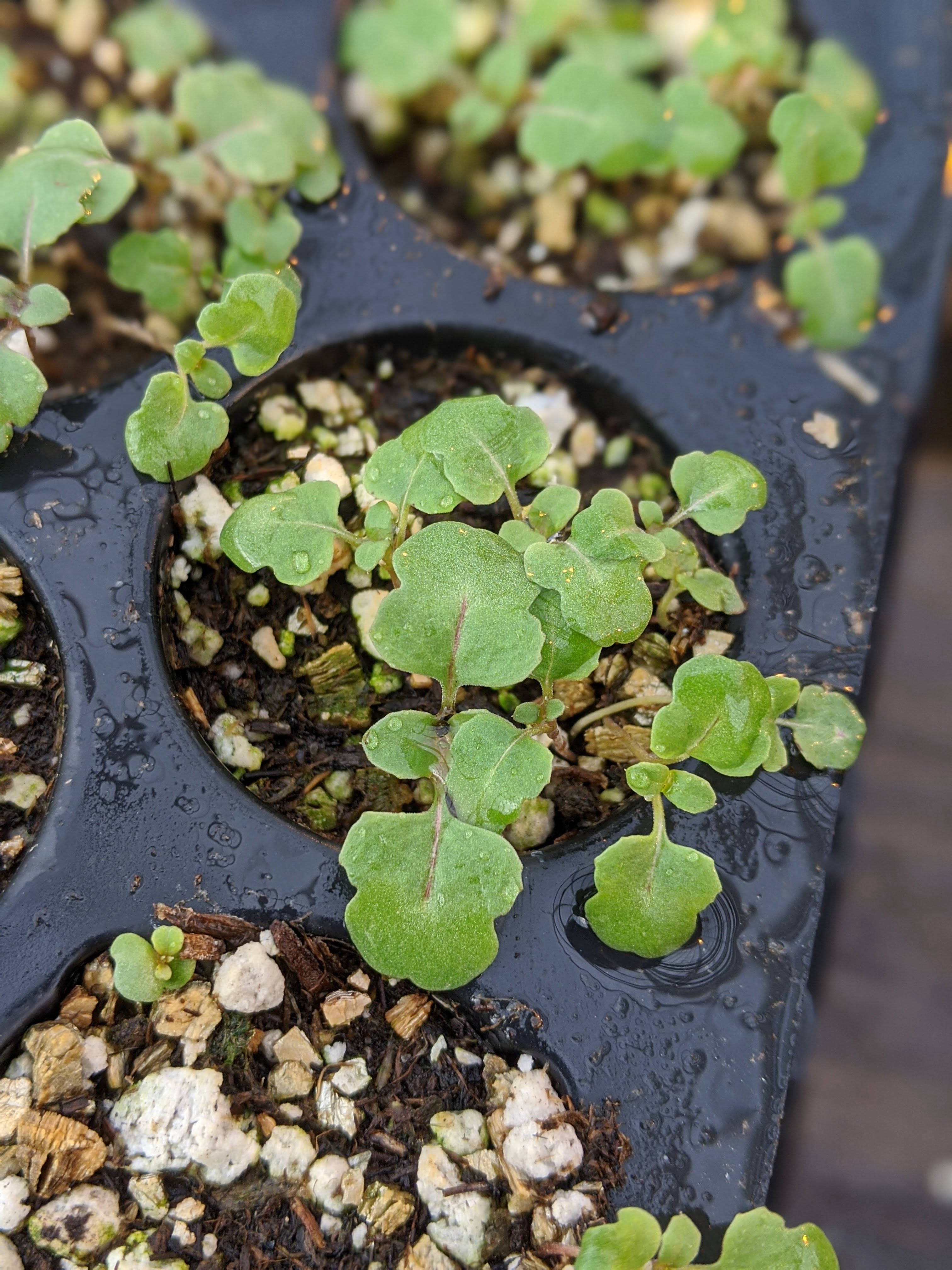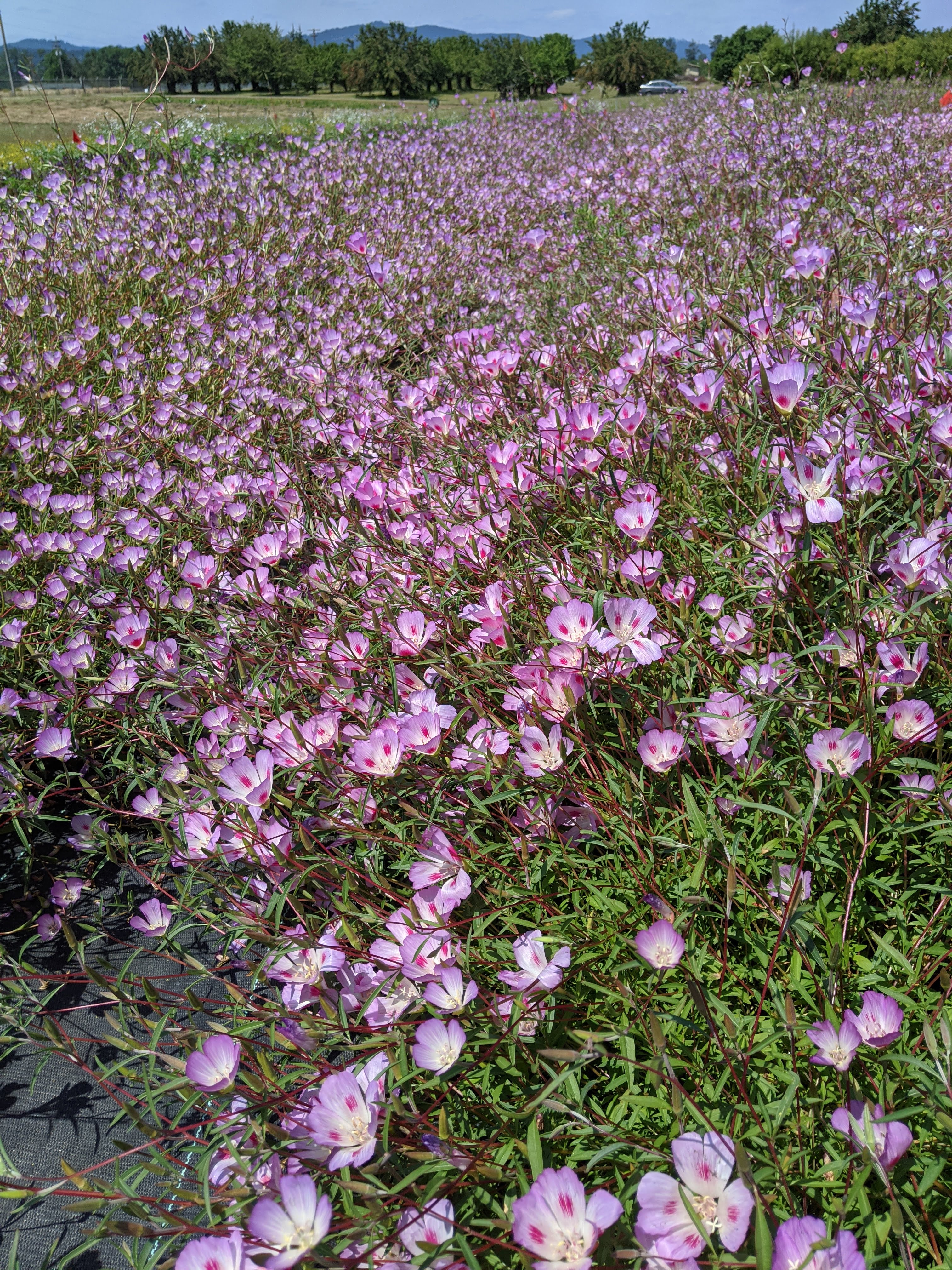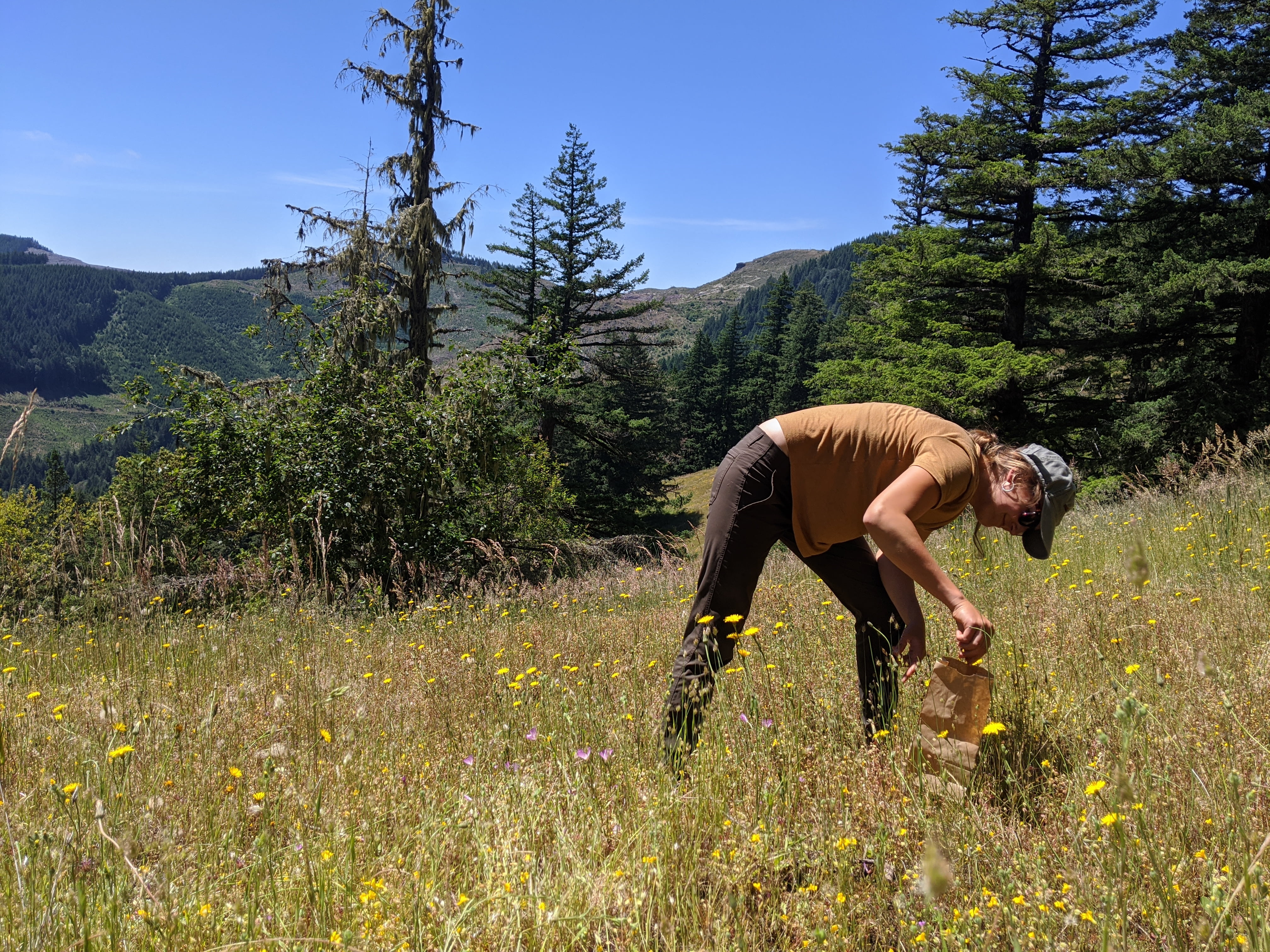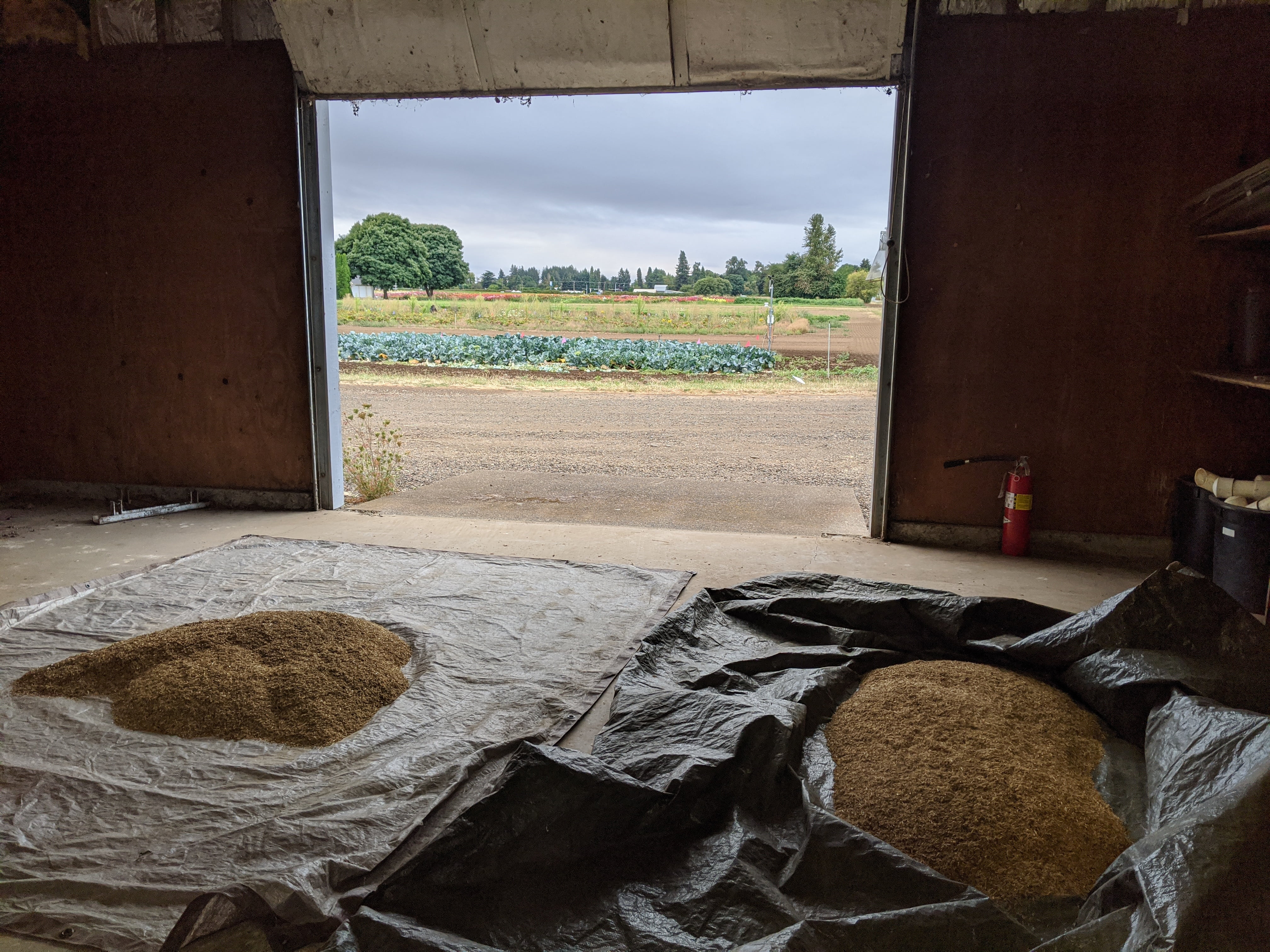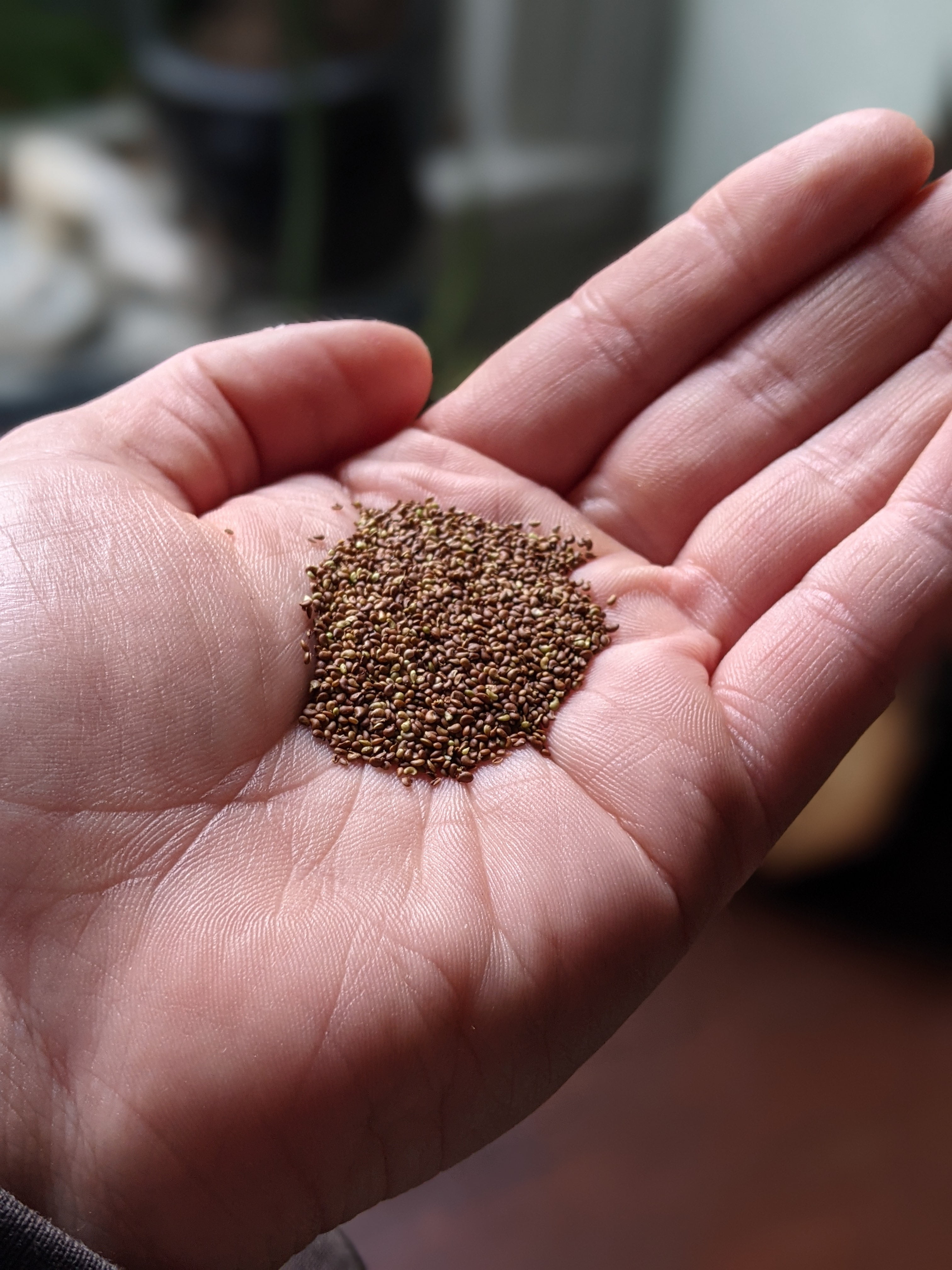
The Seeds of Success Program from One Season to the Next
February 2021
As we ring in the New Year, many of us are reflecting on moments past and looking forward to new things to come. We focus on wrapping up loose ties from the last season, but as the light returns, it reinvigorates the senses and we begin to set in motion new intentions. This encourages me to reflect on the cycles within nature and the seasonality of the work that we do. There is a sense of anticipation for new growth, which culminates at the height of the season with flowers yearning for attention before setting seed for the next year. As we descend, vascular plants wrap up the energy spent, curling into dormancy with anticipation of what is to come as the cycle begins again.
Last year, IAE collected seed for 13 species from six different mid-elevation sites through the SOS program. In addition to submitting collections to the national SOS office for seed banking, we also collected seed to be used to grow plugs for outplanting at mid-elevation sites, or to establish seed amplification beds. Genetic diversity is of the utmost importance, so we make it a point to visit various sites over the course of the season in order to gather adequate representation of the populations.
We are grateful for the funding from the Bureau of Land Management for their support of our work in the Seeds of Success program.
Restoration
Research
Education
Get Involved
Contact
Main Office:
4950 SW Hout Street
Corvallis, OR 97333-9598
541-753-3099
[email protected]
Southwest Office:
1202 Parkway Dr. Suite B
Santa Fe, NM 87507
(505) 490-4910
[email protected]
© 2024 Institute for Applied Ecology | Privacy Policy



